- | 9:30 am
These fashion designers are putting braille right on their clothing
The fashion industry has long ignored the disability community, but brands like Aille and balini are putting braille front and center.
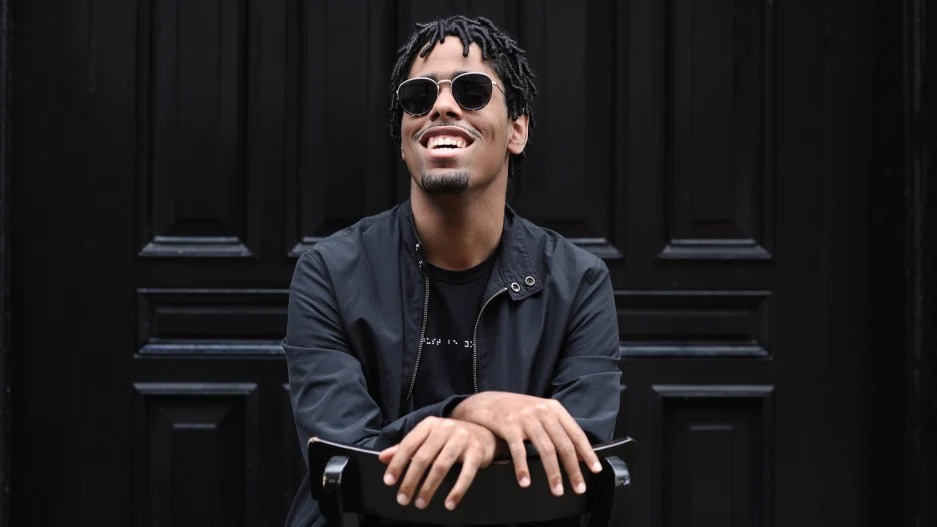
When Alexa Jovanovic was in her last year in the Fashion Communications program at Toronto Metropolitan University, she knew she wanted her final project to look at disability inclusion, but she wasn’t quite sure what to focus on. The answer came while she was shopping. She pulled a beaded jacket from a rack and was struck by how an article of clothing could be both beautiful and utilitarian. It made her think of braille, which she was also studying in school, and a business idea was born.
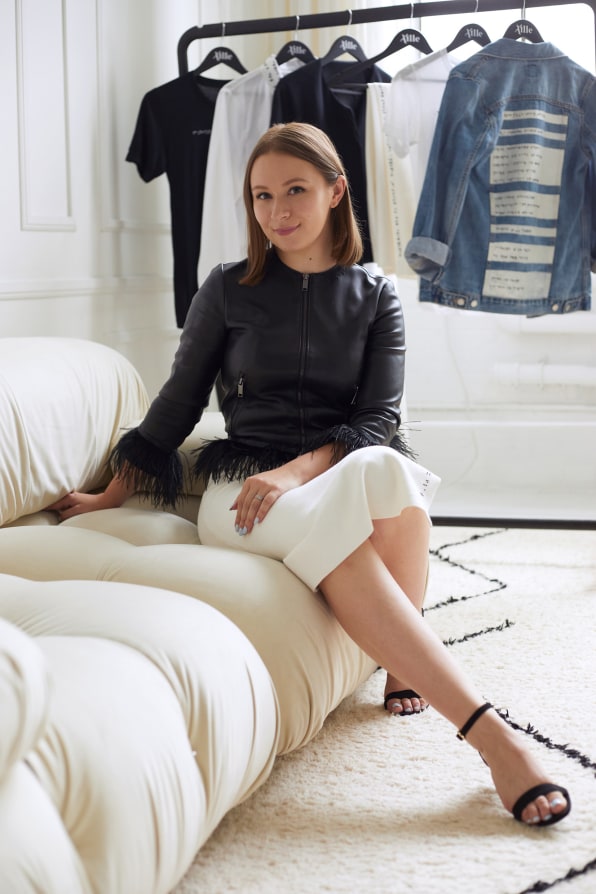
In early 2020, Jovanovic launched Aille Design with her husband Jake Walsh. The line features a range of shirts, dresses, sweaters, and masks embroidered with braille messages using crystal pearls. They spell out inspirational phrases like “Fashion is for everyone” and “Disabilities do not define us. We define ourselves.”
While Jovanovic is not visually impaired herself, her designs are already being embraced by the community: The American Foundation for the Blind placed a 1,000-piece custom order for its 100-year anniversary, and the nonprofit Visually Impaired Advancement placed a sizable order as well for its Dining in the Dark Fundraiser.
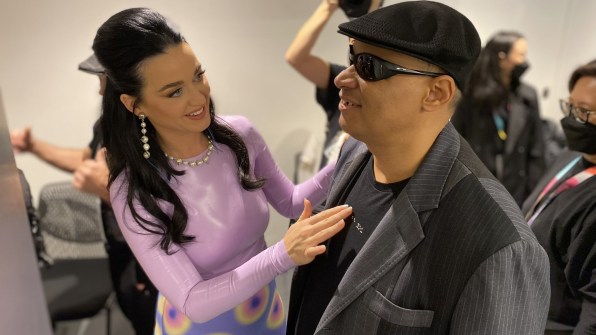
It’s an important step for accessible fashion, and yet the fact remains that even while some of these lines are starting to see success, it’s still rare to see a visually impaired designer in the mix. It’s perhaps not surprising, as the broader fashion industry has long ignored the disability community. (“We literally have more clothes in stores for pets than we have for people with disabilities,” designer Stephanie Thomas said in a 2016 TEDx Talk.) Still, independent designers like Jovanovic are trying to fill the gap.
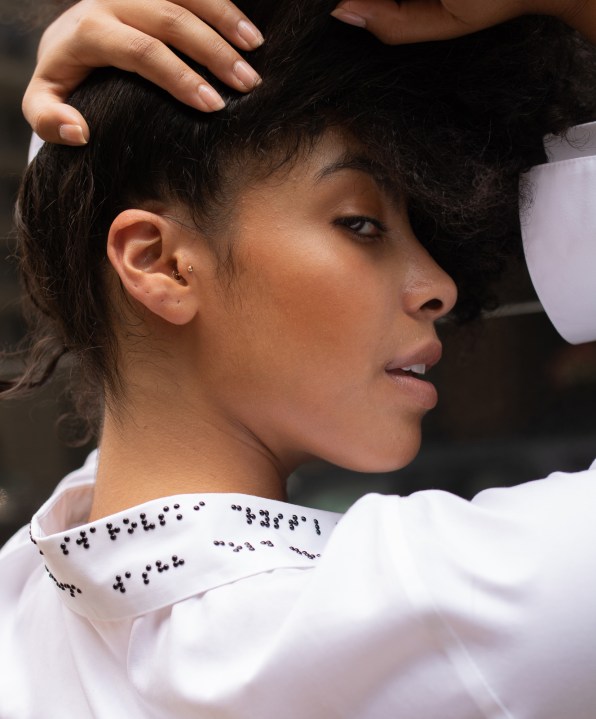
For Jovanovic, business has been brisk. She says Aille’s revenue grew by 327% between 2020 and 2021 and more than doubled its customer base in that same period. In 2022, it saw a boost when her designs were worn by Raul Midon, one of the most well-known visually impaired musicians, as he toured the U.S. Jovanovic added that Katy Perry took a picture with him, “pointing to the braille on his shirt,” increasing recognition and boosting their social followings.
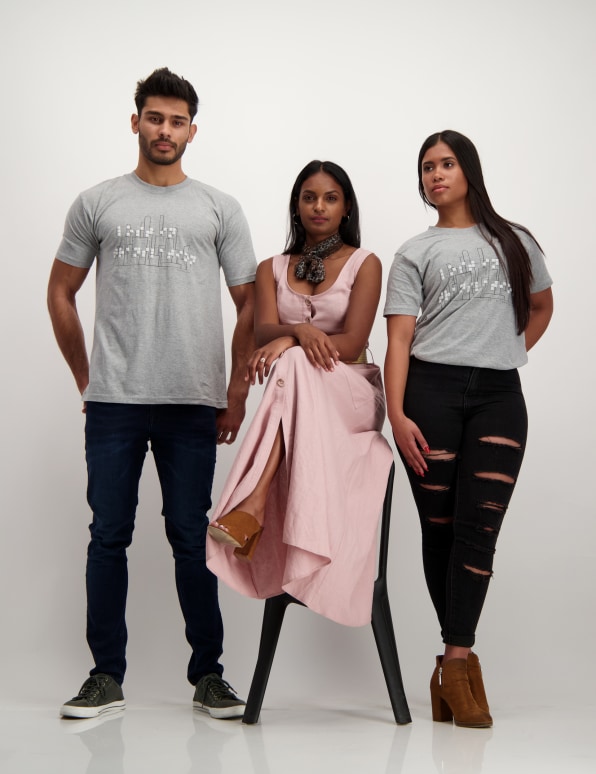
But for Balini Naidoo, who launched a braille-focused line in 2019, things have been a bit more challenging. balini, her brand based in Saldanha Bay, South Africa, includes braille phrases identifying the color, size, and washing instructions on the front of the shirt.
Naidoo was inspired to launch balini after watching her visually impaired uncle struggle to identify which shirt was which in his closet. “That’s when I realized braille can be helpful to this community when applied to the clothing itself,” she says.
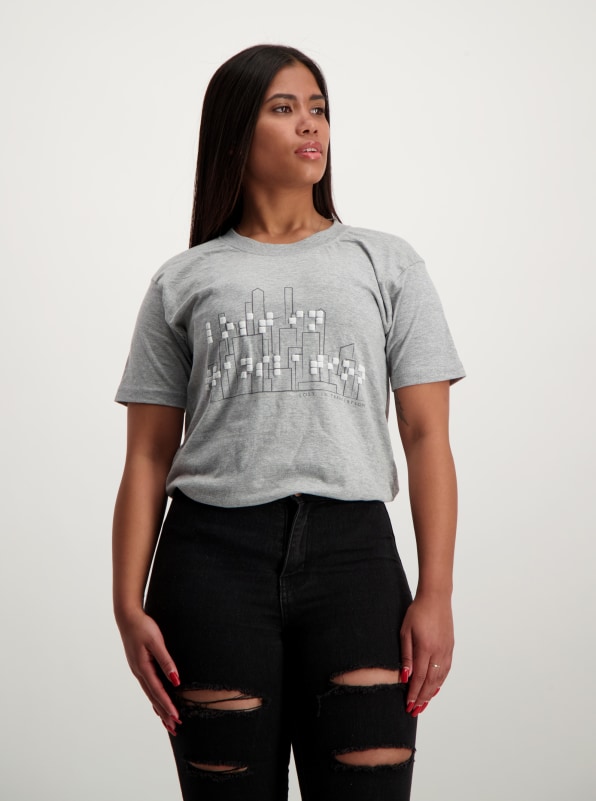
But despite receiving press coverage and several awards during the pandemic, business slumped, and she closed her online store. Now, she sells special release items through Instagram and fills orders on demand.
She believes the stigma around visually impaired people has made it hard to grow her line, especially given where she’s located. “In South Africa, the visually impaired people are treated poorly, and only a certain class of families can teach their blind children how to read braille,” she says.
Other brands are working not just to make clothing more accessible to the visually impaired community but to raise awareness more broadly. Kenya’s Hisi Studio features fashion-forward pants, skirts, and tops with braille phrases on the sides. Meanwhile, Two Blind Brothers in New York City, makes extra-soft shirts that include color and size information in braille on the tag; it gives 100% of the profits to the Foundation Fighting Blindness.
For Jovanovic, it’s been important to involve members of the visually impaired community in the design process. “Including a diverse group of disabled and nondisabled participants in the initial design phase is crucial. You will quickly learn what does and does not work, while preventing accessibility from becoming an afterthought,” she says. (These roles aren’t paid, but she hopes to expand the number of paid opportunities for people who are visually impaired.) She says Aille also includes blind and visually impaired models for some of their photo shoots and had a visually impaired intern last summer (both of which are paid opportunities).
Aille Design offers people the option to customize their own products with a phrase of their choice in braille embroidered on the piece. “More than once, we’ve even added wedding vows in braille to a wedding dress and a blazer’s lapel,” Jovanovic remembers. (Off-the-rack items range from $59 for T-shirts to $499 for the blue dress; individual custom work generally costs a $30 base fee with an additional 50 cents per character.)
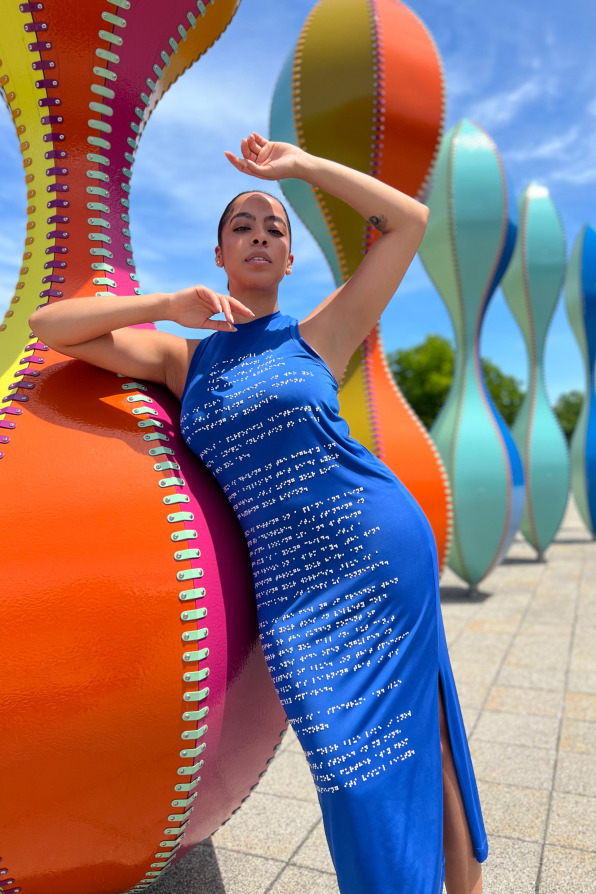
Jovanovic has also set up Aille to offer a variety of services depending on what people need: There’s a rental option for the braille clothing, including a new sleek blue dress with over 2,600 beads that was made in collaboration with 10 visually impaired women.
“This dress became statement piece of what beadwork braille could be,” Jovanovic says. When she asked the female collaborators what “blue” meant to them, she included some of their poetic phrases in the braille design, such as: “Blue is the feeling of freedom when you dip your toes in velvety cold water” and “There’s a purposeful electricity to blue; a unique excitement and invitation to be all of who you are.”
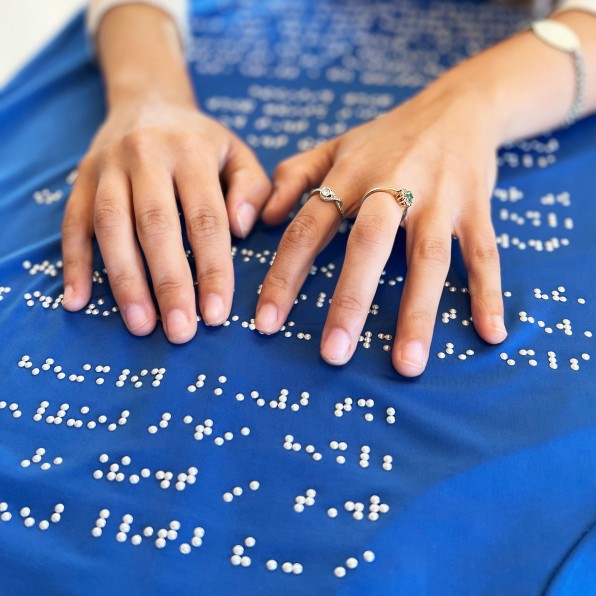
For some insiders in inclusive and adaptive design, these independent brands can jumpstart a wider movement in fashion. “Designers and retailers can become more inclusive in how they manufacture and promote their fashion lines by hiring people with disabilities from boardrooms to entry-level and throughout,” says Stephanae McCoy, founder of Bold Blind Beauty, an advocacy platform for the visually impaired community. “Incorporating braille into fashion is a brilliant way to create social impact and conversations about access, inclusion, and representation.”
Jovanovic believes the time is ripe for a new approach to inclusive and adaptive fashion, and for designers to make fashion more accessible for everyone.
“Fashion isn’t about sight,” Jovanovic says. “Fashion is about feeling, from the touch of a soft fabric to the rush of emotions and empowerment you experience when you put on your favorite outfit or read braille on clothing.”








































